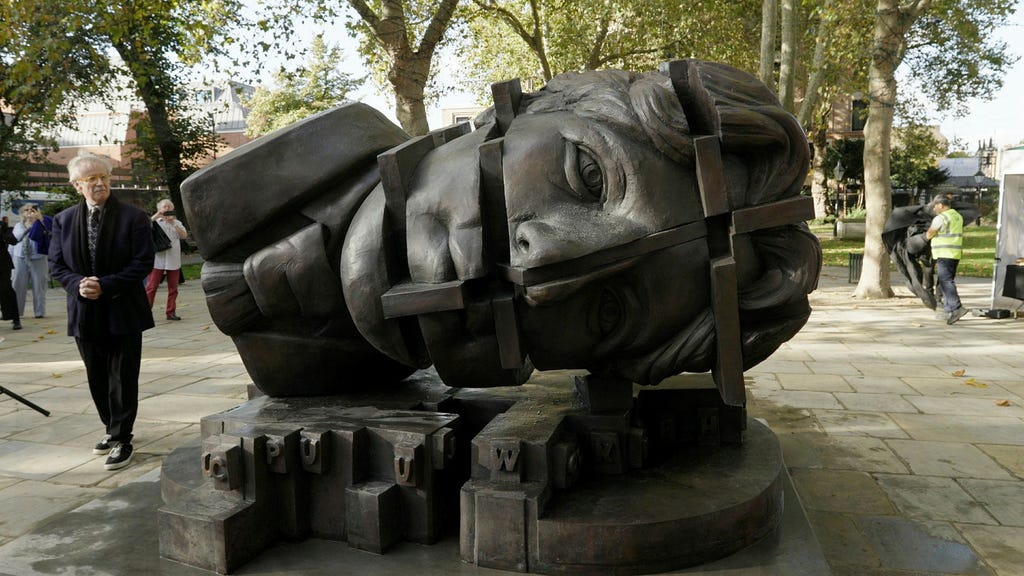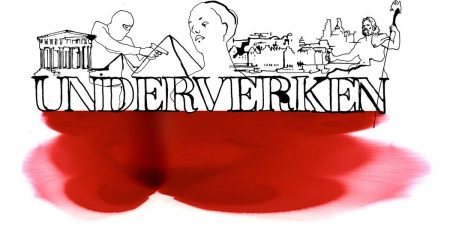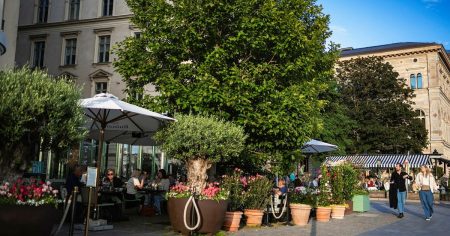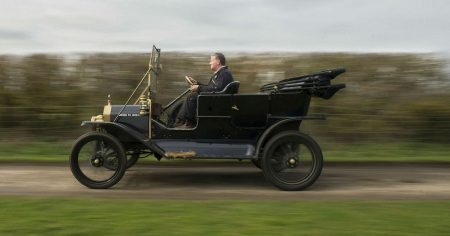A significant art controversy has erupted in London surrounding a new memorial to Oscar Wilde, created by the renowned Scottish sculptor and artist, Eduardo Paolozzi. The monument, unveiled in 1998 near Trafalgar Square, diverges dramatically from traditional commemorative sculptures, sparking a heated debate about public art, its purpose, and its relationship to the figure it honors. The unconventional design has polarized public opinion and the art world, raising questions about artistic license, the appropriateness of honoring Wilde in such a manner, and the broader role of public art in shaping urban landscapes and cultural memory.
Paolozzi’s memorial, titled ”A Conversation with Oscar Wilde,” is not a conventional statue. It eschews the traditional representational form—a dignified figure on a plinth—in favor of a more abstract and interactive installation. The centerpiece is a large granite sarcophagus-like block, from which a bronze bust of Wilde’s head emerges, seemingly in mid-sentence. Surrounding the sarcophagus are various elements referencing Wilde’s life and works, including quotations inscribed on bronze plaques, a cigarette case, and a curious, almost whimsical, hand emerging from another section of the block offering a half-peeled banana. This eclectic assemblage, combining pop art sensibilities with historical allusions, has been both praised for its originality and condemned for its perceived disrespect towards the celebrated Irish writer and wit.
Critics of the memorial argue that its chaotic design and seemingly irreverent elements fail to capture the essence of Wilde’s literary genius and complex personality. They see the inclusion of the banana, for example, as a trivializing gesture, reducing Wilde to a caricature rather than honoring his significant contributions to literature and culture. The fragmented nature of the monument, its lack of a clear narrative, and its departure from traditional memorial styles have been interpreted by some as a disservice to Wilde’s legacy. They argue that a more conventional, stately representation would have been a more fitting tribute. The controversy highlights the inherent tension between artistic expression and public expectation when it comes to memorializing historical figures.
Proponents of the memorial, however, celebrate its unconventional approach. They argue that Paolozzi, known for his bold and often humorous style, successfully captures Wilde’s playful spirit and intellectual irreverence. The seemingly disparate elements, they contend, are not random but carefully chosen to symbolize different facets of Wilde’s life and work. The banana, for example, is interpreted as a reference to Wilde’s playful sexuality and his defiance of Victorian social norms, while the quotations etched on the bronze plaques showcase his wit and literary brilliance. The interactive nature of the monument, inviting viewers to engage with its various elements, is seen as a strength, encouraging a more dynamic and personal connection with Wilde and his legacy.
The debate surrounding the Wilde memorial extends beyond the specific artwork itself. It touches upon broader questions about the nature of public art and its role in society. Who decides what constitutes appropriate public art? Should memorials always adhere to traditional representational forms, or can they embrace more experimental and abstract approaches? How do we balance artistic freedom with the need to respect the subject being commemorated? The Wilde memorial controversy highlights the inherent challenges in creating public art that resonates with a diverse audience and fulfills its commemorative function while also pushing artistic boundaries.
The controversy also raises questions about the relationship between art and memory. Does a memorial need to provide a definitive interpretation of its subject, or can it offer a more open-ended and multifaceted perspective? Paolozzi’s fragmented and symbolic approach arguably reflects the complexities of Wilde’s life and legacy, acknowledging both his triumphs and tribulations. The memorial, rather than providing a singular narrative, invites viewers to engage with Wilde’s multifaceted personality and draw their own conclusions. Ultimately, the controversy serves as a reminder that public art is not simply about aesthetics but also about engaging with history, memory, and the ongoing dialogue between artists, audiences, and the figures they commemorate. The Wilde memorial, in its unconventional and provocative way, continues to spark a conversation, ensuring that Wilde’s legacy remains vibrant and contested in the public sphere.














